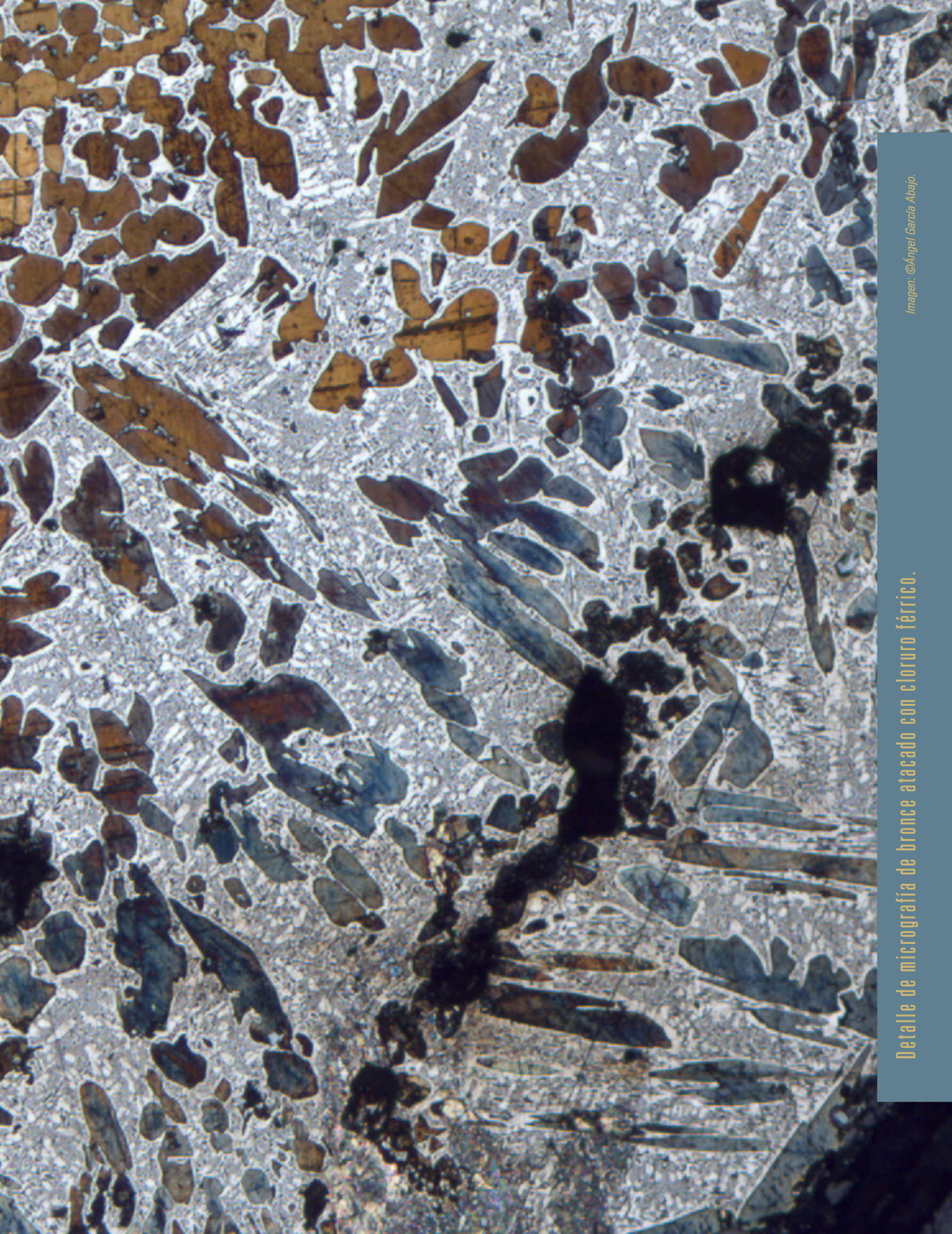Recubrimientos metálicos que no lo son: cuando la naturaleza imita al hombre
Keywords:
coating, corrosión, inverse segregation, pseudogilding, pseudocoatingAbstract
Since the beginning of metallurgy the humanity has covered one metal with another, for different reasons; to give it a noble metal appearance, to improve its mechanical properties, or to increase its corrosion resistance. The techniques developed to produce these coatings are very diverse and have varied throughout history. However, there are occasions when various natural phenomena layers of metallic coatings are confused with those made by the hand of man. The study of these coatings implies the use of invasive analysis techniques. The non-invasive analysis such as X-ray fluorescence (XRF) do not have the ability to discriminate between the coating and the substrate on which it is applied, nor do they have the ability to provide information of the nature and manufacturing technique of it. The present work tries to be a brief guide about how to identify some of these metallic pseudocoatings and to understand their nature.
Downloads
References
Berger, Daniel (2014) “Composition and decoration of the so-called ‘Zinnfigurenstreifen’ found in Magdeburg, Saxony-Anhalt, Germany”, Restaurierung und Archàologie (7): 65-80.
Condamin, J. y Picon, J. C. (1972) “Changes suffered by coins in the course of time and influence of these on the results of different methods of analysis”, Royal Numismatic Society (8): 49-80.
Fernández, José A. (1984) Teoría y práctica de la lucha contra la corrosión, Madrid, Consejo Superior de Investigaciones Científicas/Centro Nacional de Investigaciones Metalúrgicas.
Hosler, Dorothy (1994) The Sounds and Colors of Power: The Sacred Metallurgical Technology of Ancient West Mexico, Cambridge, MIT press.
Ingo, G.M. , De Caro, Tilde, Ricucci, Cristina, y Khosroff S. (2006) “Uncommon corrosion phenomena of archaeological bronze alloys”, Applied Physics A, 83 (4): 581-588.
Lechtman, H. N. (1988) “Traditions and styles in Central Andean metalworking” en Robert Maddin, The Beginning of the Use of Metals and Alloys: Papers from the Second International Conference on the Beginning of the Use of Metals and Alloys, Zhengzhou, China, 21-26 October, 1986, Cambridge, MIT Press, pp. 344-378.
Little, M. B., y McNeil, M.B. (1999) “The use of mineralogical data in interpretation of long-term microbiological corrosion processes: sulfiding reactions”, Journal of the American Institute for Conservation, 38 (2): 186-199.
Mezzi, Alessio, Riccucci, Cristina, De Caro, Tilde, Faraldi, Federeica, Velori, C., y Caschera, D. (2013) “Unusual surface degradation products grown on archaeological bronze artefacts”, Applied Physics A, 113 (4): 1121–1128.
Ramírez, José, Carrera, Jorge, Noguez, María Eugenia, y Salas, Guillermo (2013) “La difusión en el dorado por oxidación de una aleación cobre-oro-plata”, Revista Colombiana de Materiales (5): 84-90.
Scott, D. A. (1992) Metallography and Microstructure an Ancient and Historic Metals, Los Angeles, Getty Foundation.



